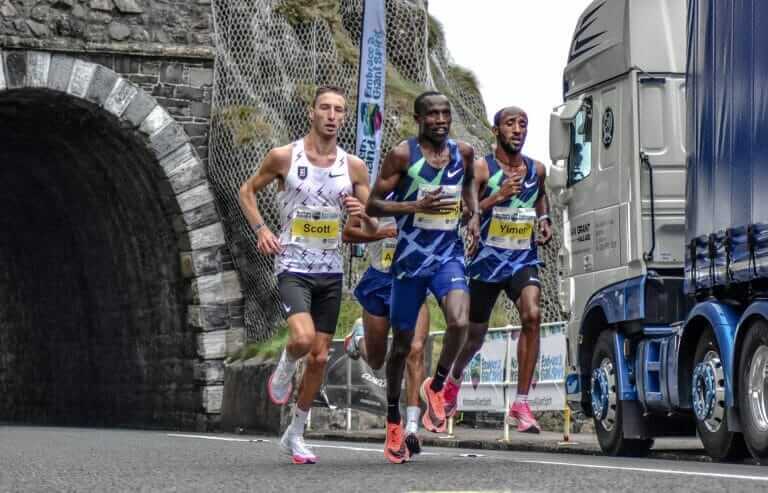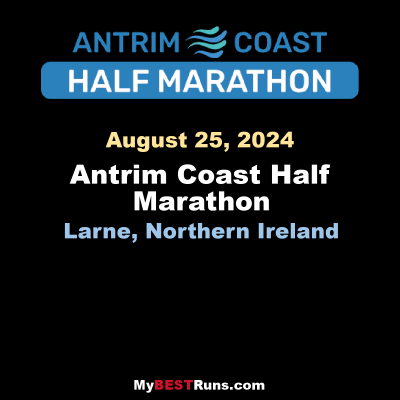Sunday August 23rd, 2026
Larne, Northern Ireland
Distance: Half Marathon · 10K
Offical Race Web Site
The MEA Antrim Coast Half Marathon 2022 has been approved by World Athletics as an Elite Event. The World Athletics certified course takes in some of the most stunning scenery in Europe, combined with some famous landmarks along the route. With it's flat and fast course, the race is one of the fastest half marathons in the world.
Starting at the beginning of the iconic Antrim Coast Road, the course sweeps into Larne Harbour and through Larne town before moving onto the world famous Antrim Coast Road.
The coast’s stunning landscapes featuring in many movies and television series, including HBO’s Game of Thrones, who used the area extensively as one of the filming locations.
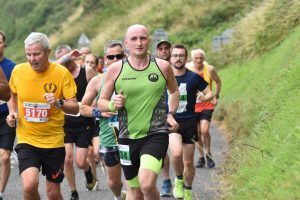
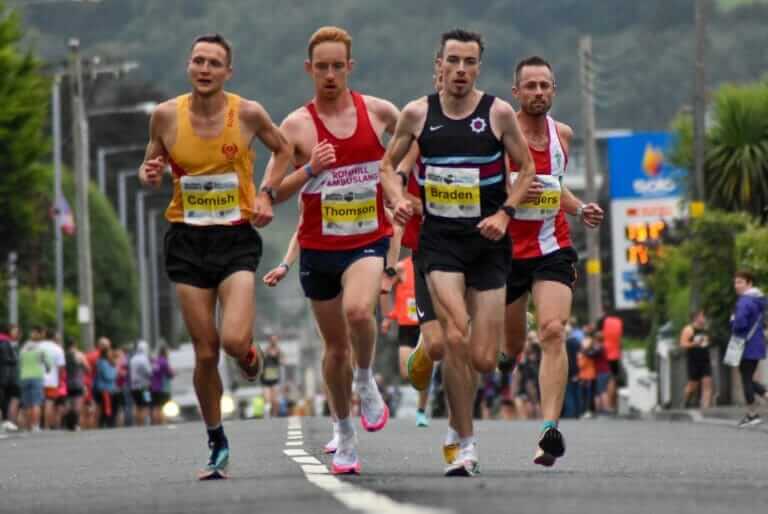
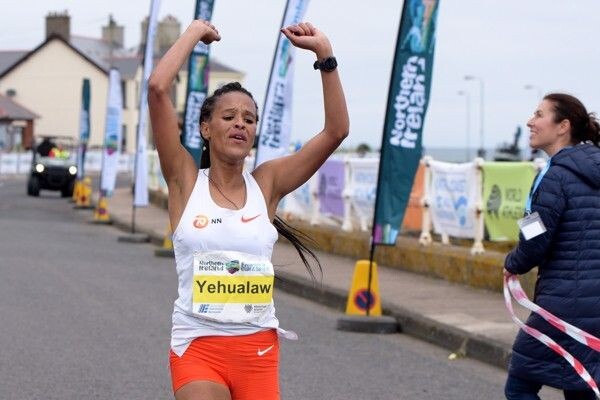
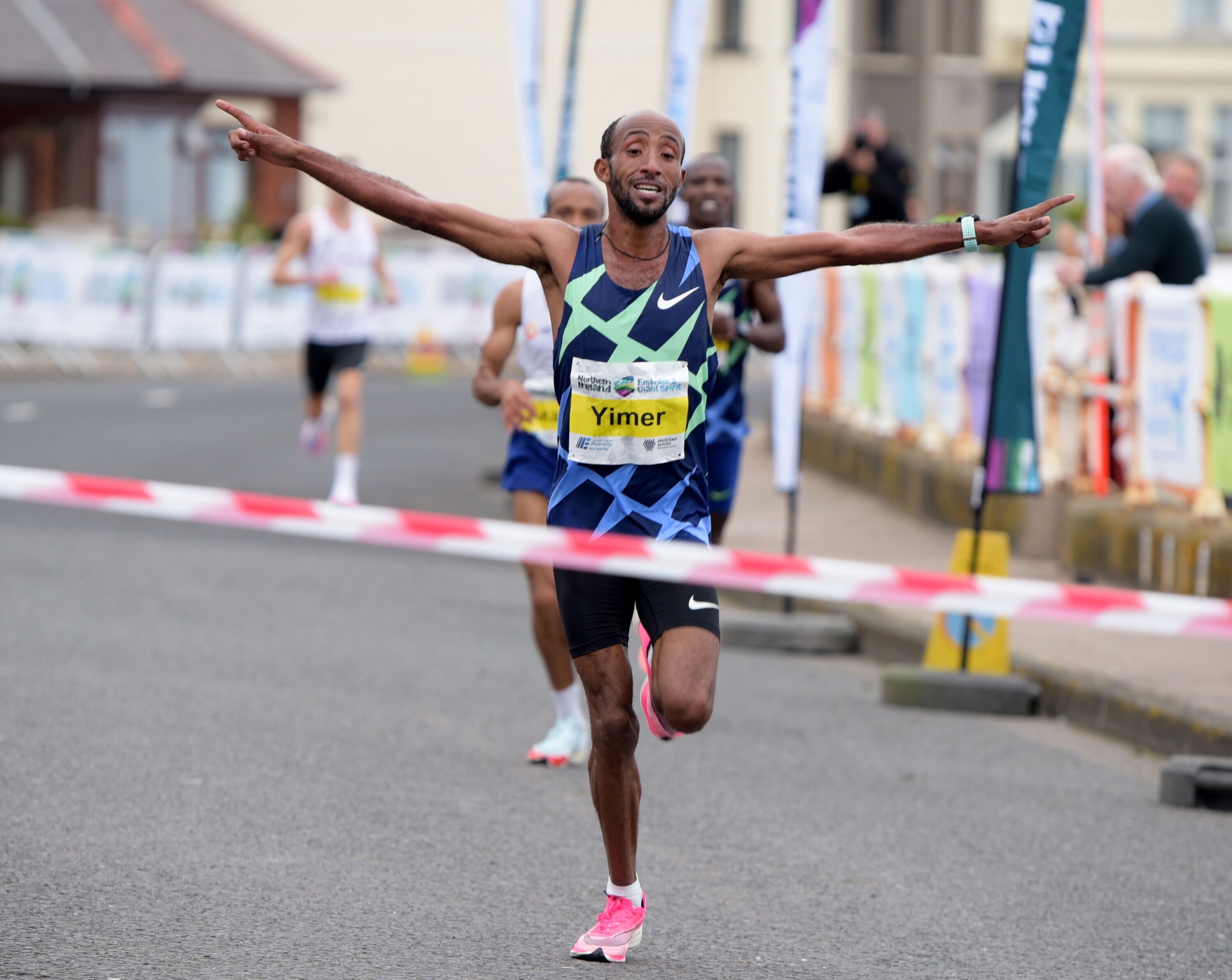
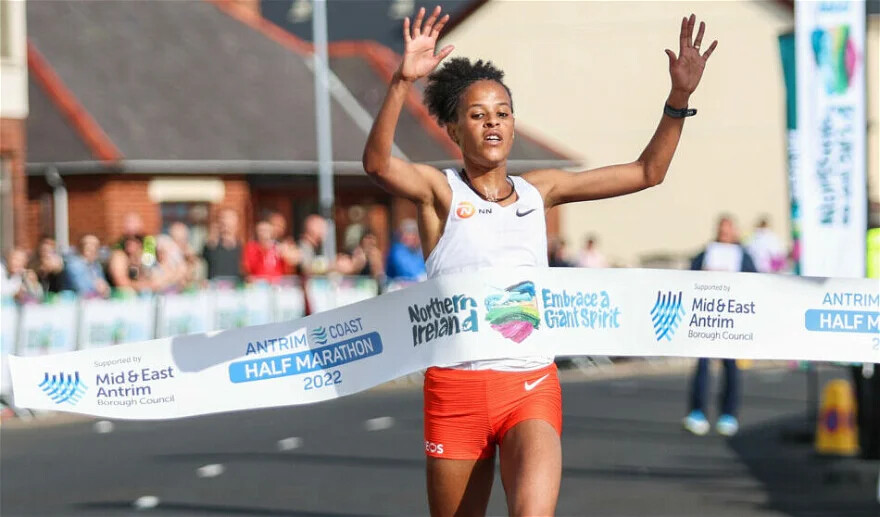
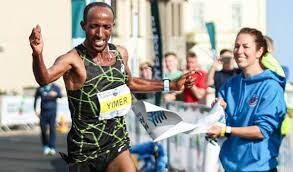
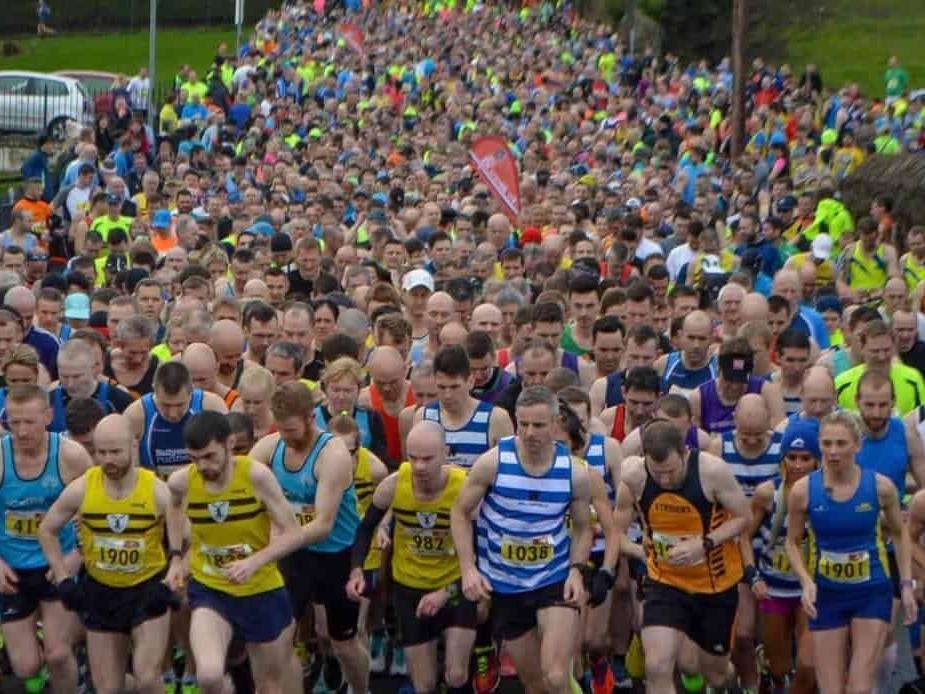
| Division | Time | Name | Age | Home |
| Male | 59:51 | Geoffrey KAMWOROR | ken | |
| 2nd Male | 1:01:21 | Tadesse GETAHON | isr | |
| 3rd Male | 1:01:22 | Phil SESEMANN | gbr | |
| 4th Male | 1:01:25 | Sondre MOEN | nor | |
| Female | 1:05:38 | Mizan ALEM | ethi | |
| 2nd Female | 1:06:06 | Loice CHEMNUNG | ken | |
| 3rd Female | 1:06:33 | Senayet GETACHEW | ethi | |
| 4th Female | 1:07:26 | Karoline GROVDAL | nor |
| Division | Time | Name | Age | Home |
